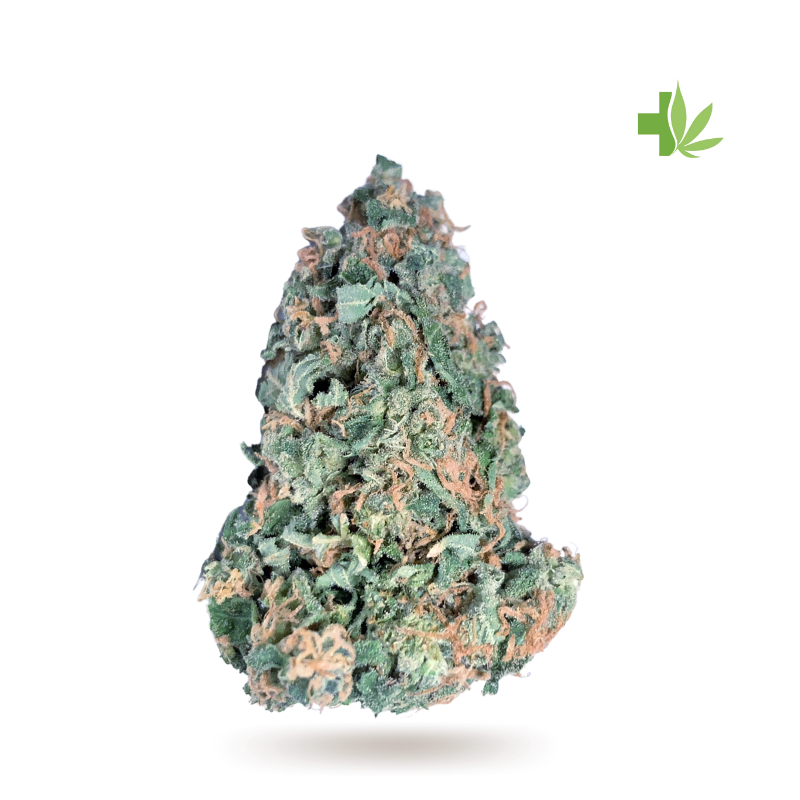“Since 1974 studies have shown that cannabis has anti-tumor effects. The results of the 1974 study, reported in an Aug. 18, 1974, Washington Post newspaper feature, were that cannabis’s component, THC, “slowed the growth of lung cancers, breast cancers and a virus-induced leukemia in laboratory mice, and prolonged their lives by as much as 36 percent.” In 1975 an article in the Journal of the National cancer institute titled “Antineoplastic Activity of Cannabinoids,” they reported that “Lewis lung adenocarcinoma growth was retarded by the oral administration of tetrahydrocannabinol (THC) and cannabinol (CBD). Mice treated for 20 consecutive days with THC and CBD had reduced primary tumor size.”
“In 1998, a research team at Madrid’s Complutense University Led by Dr. Manuel Guzman discovered that THC can selectively induce programmed cell death in brain tumor cells without negatively impacting surrounding healthy cells. They reported in the March 2002 issue of “Nature Medicine” they had destroyed incurable brain cancer tumors in rats by injecting them with THC. And in 2007 even Harvard Researchers found that compounds in cannabis cut the growth of lung cancer. There is also an organization called The SETH Group that showed compounds in cannabis can stop the growth of human glioblastoma multiforma (GBM) brain cancer cells. The SETH Group says “No chemotherapy can match this nontoxic anti-cancer action.” Even last year in 2012 a pair of scientists at California Pacific Medical Center in San Francisco found THC stops metastasis in many kinds of aggressive cancer.”
Video Source



